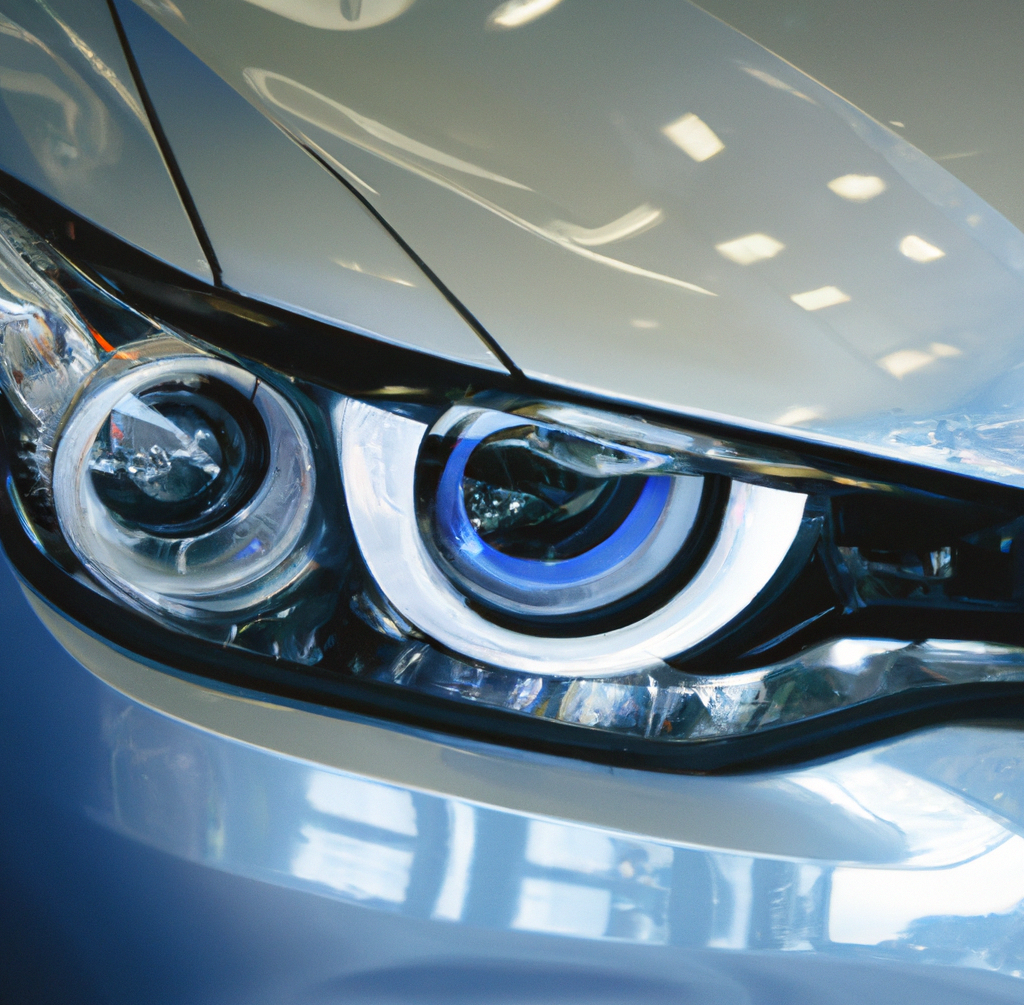
The future of Automotive Lighting in the UK.

The automotive industry is constantly evolving, and one area that is seeing significant changes is automotive lighting. In the UK, new regulations and advancements in technology are driving the future of automotive lighting. In this blog post, we'll explore the future of automotive lighting in the UK and what it means for drivers and car manufacturers.
One of the biggest trends in automotive lighting is the shift towards LED lighting. LED lights offer numerous benefits over traditional halogen bulbs, including greater energy efficiency, longer lifespan, and brighter illumination. LED lighting is also more versatile, allowing designers to create more intricate and stylish designs for headlights and taillights.
In the UK, new regulations are driving the adoption of LED lighting. From September 2023, all new cars sold in the UK will need to have some form of intelligent speed assistance (ISA) system. This technology uses cameras to read road signs and speed limits, and then communicates that information to the driver. The technology relies on clear and precise illumination from the car's headlights, which LED lights are better equipped to provide.
Adaptive Lighting
Another trend in automotive lighting is adaptive lighting. Adaptive lighting adjusts the direction and intensity of the headlights based on the driving conditions, providing better visibility and safety. For example, if the car is driving on a dark road with no other traffic, the headlights can be angled to provide a broader range of illumination. If the car is approaching another vehicle, the headlights can be directed away from the other driver's eyes to avoid blinding them.
In the UK, adaptive lighting is becoming increasingly common. In fact, many new cars sold in the UK now come with adaptive headlights as standard. This technology improves safety on the road by providing better visibility and reducing the risk of accidents.

Digital Lighting
Digital lighting is another trend in automotive lighting that is gaining traction in the UK. Digital lighting uses a matrix of LED lights that can be controlled individually to create dynamic lighting effects. This technology allows designers to create more intricate lighting designs that can be customized to the driver's preferences.
In the UK, digital lighting is already being used in high-end luxury cars, but it is expected to become more common in mainstream vehicles in the coming years. This technology provides a more personalized driving experience and adds an element of style and sophistication to the car.
Conclusion
In conclusion, the future of automotive lighting in the UK is bright. LED lighting, adaptive lighting, and digital lighting are all driving the evolution of automotive lighting, providing greater safety, energy efficiency, and style. As these technologies become more common in mainstream vehicles, drivers can expect a better driving experience and improved safety on the road.
With so much attention on lighting from vehicle manufacturers this can only be good news for owners of older vehicles looking to upgrade to newer lighting technologies. With aftermarket automotive lighting companies like ours "XenonsOnline" constantly looking to develop new lighting products to allow the upgrade of older vehicles to the latest technology.
We are already working with our partners to develop aftermarket products that will allow the retro fitting of some of the latest lighting technologies into vehicles that don't already have these options available.
Watch this space...
